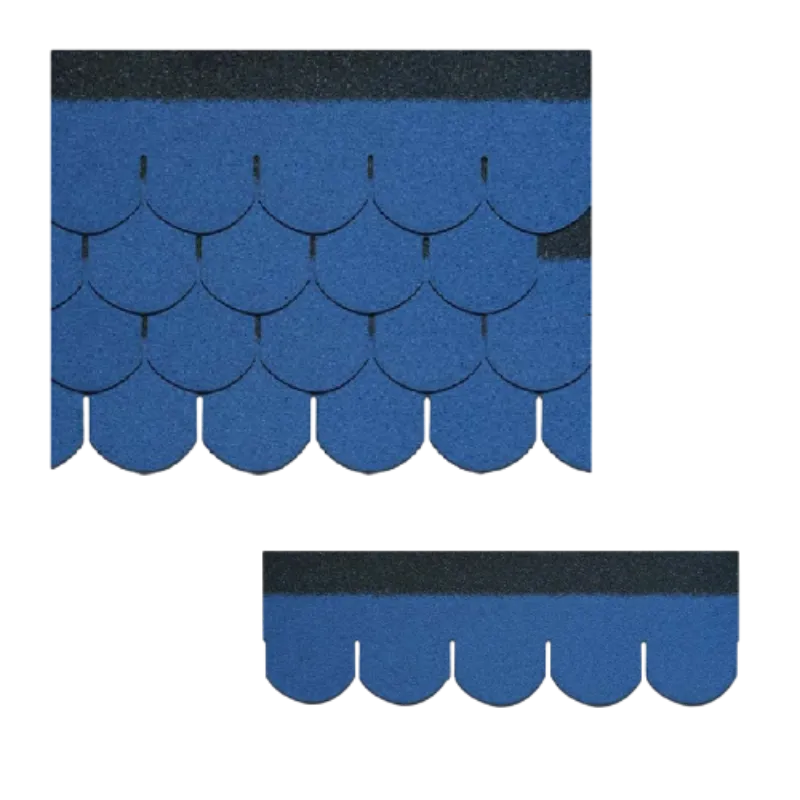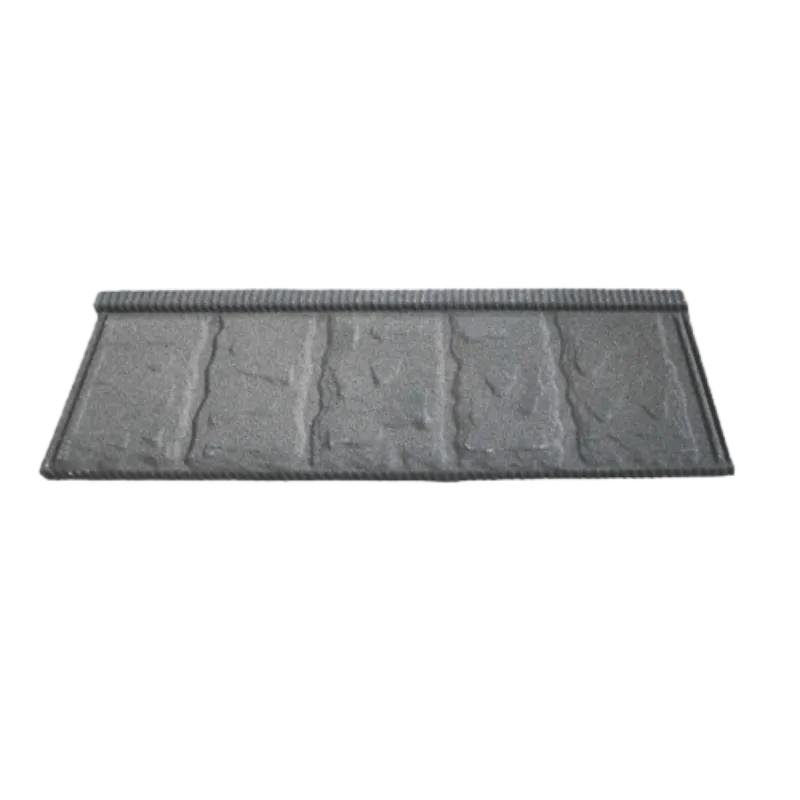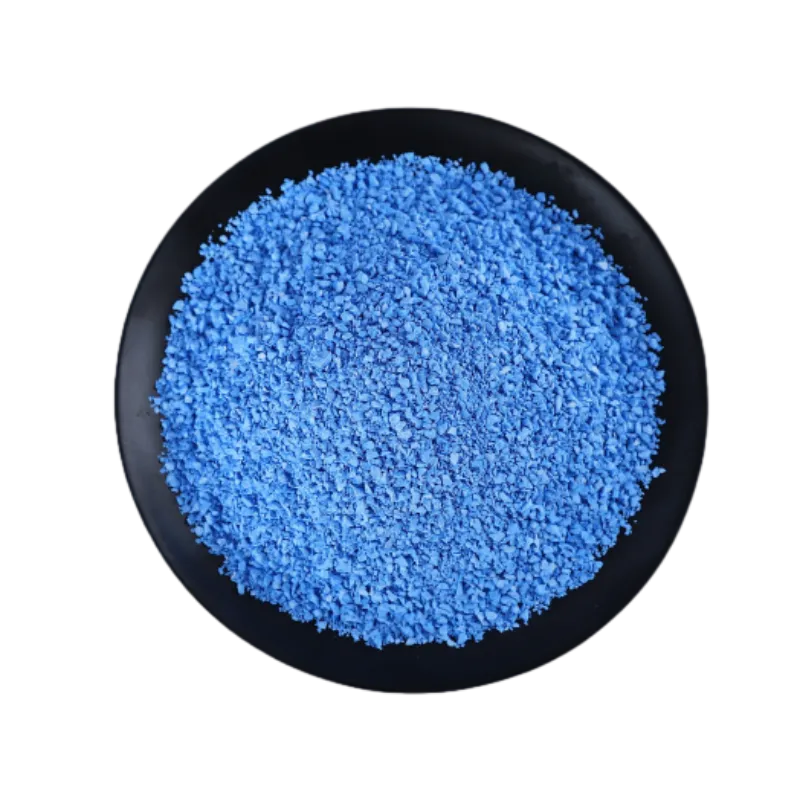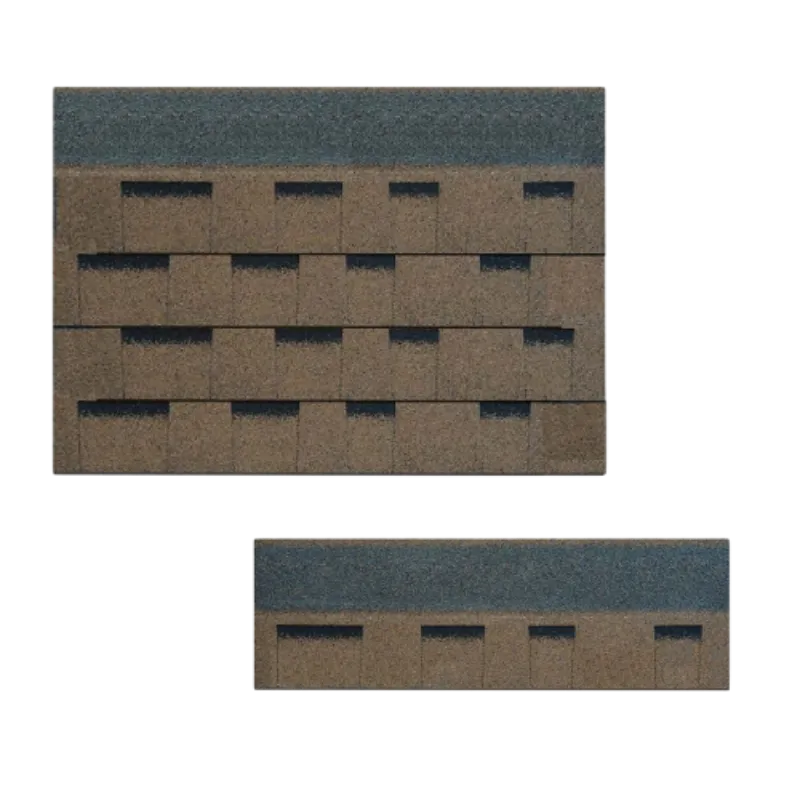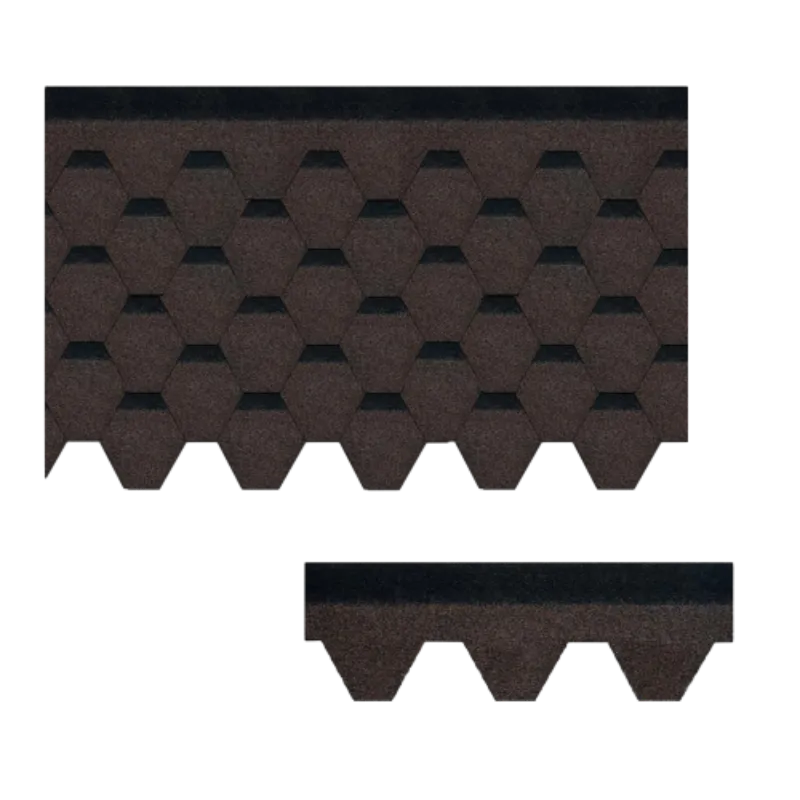
Sep . 01, 2025 16:05 Back to list
Corrugated Metal's Role In Industrial Revolution Architecture
The Industrial Revolution was more than just an era of steam engines and spinning jennies; it was a profound metamorphosis of society that echoed in the very bones of the structures being built. As factories sprouted like iron weeds across the landscape and cities swelled with a new workforce, architecture was forced to adapt at an unprecedented pace. The demand was for buildings that were vast, strong, fire-resistant, and above all, economical to construct. The answer to this call did not come from traditional stone or timber, but from a new, revolutionary material: corrugated metal. This humble, ridged sheet became the unsung hero of industrial-era construction, a legacy that continues to inspire modern, energy-efficient building solutions like those pioneered by Hebei Chida Manufacture and Trade Co., Ltd.
The journey began with the development of the rolling and patterning process. By passing flat metal sheets through a series of rollers, a series of alternating ridges and grooves were created. This simple act of corrugation dramatically increased the material’s strength and load-bearing capacity, allowing it to span longer distances without the need for heavy, expensive support structures. Initially made from wrought iron and later from more durable steel, these sheets were first used for portable military buildings and railway sheds. However, their potential was quickly realized by industrialists.
For the first time, architects and engineers could roof enormous spaces—textile mills, locomotive sheds, and early railway stations—with a material that was lightweight, relatively easy to install, and incredibly durable. The iconic sawtooth roofs of northern English mills, often glazed on one side to flood factory floors with natural light, were frequently clad in corrugated metal. This was a architecture of pure function: pragmatic, efficient, and emblematic of a new age of industry. It provided shelter for the machines that were changing the world, a fitting skin for the engine of progress.
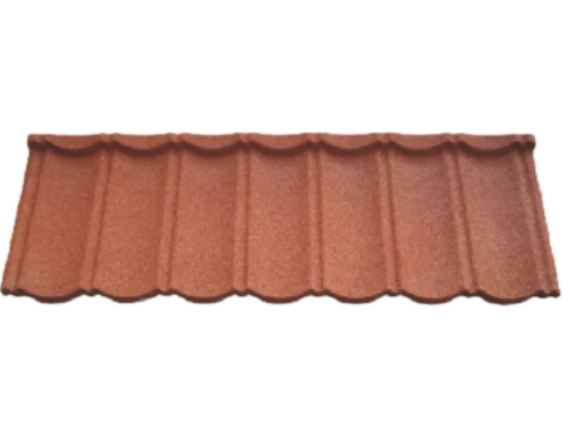
The Evolution to Modern Metal Roof Tile
The corrugated metal sheets of the 19th century were functional, but their aesthetic was purely utilitarian. They were prone to rust and offered little in the way of insulation or refinement. The modern era has taken this industrial workhorse and transformed it into a high-performance, aesthetically versatile building material. The evolution from basic sheeting to the sophisticated metal roof tile is a story of technological innovation. Today’s products are not merely sheets; they are engineered systems. They feature advanced protective coatings, such as Galvalume, which combine aluminum, zinc, and silicon for exceptional corrosion resistance. These coatings ensure that a modern metal roof can last for decades, even in harsh coastal or industrial environments.
Furthermore, the development of stone-chip coated surfaces marked a pivotal moment. This process involves applying a base coat, a layer of natural stone granules, and a protective acrylic top coat to a galvanized steel substrate. This innovation gives the metal roof tile the undeniable charm and texture of traditional clay tiles, wooden shakes, or even slate, but without the weight, maintenance, or cost drawbacks. It successfully bridges the gap between the rugged durability of industrial materials and the refined aesthetics demanded by contemporary architecture. This evolution means homeowners and builders no longer have to choose between beauty and resilience; they can have both, thanks to the legacy of innovation that began in the factories of the Industrial Revolution.
|
Parameter |
Specification |
|
Product Name |
Stone Coated Metal Roof Tile - Classic Tile |
|
Tile Size |
1340 * 420 mm |
|
Effective Dimension |
1270 * 365mm |
|
Coverage Area |
0.47 ㎡ |
|
Tile Qty/㎡ |
2.16 pc/㎡ |
|
Weight |
2.7 kg/pc |
|
Steel Thickness |
0.4-1.0mm |
The Superior Performance of Black Metal Roof Panel
The color of a roofing material is no longer just an aesthetic choice; it is a critical performance factor, especially with darker tones. The black metal roof panel represents a perfect case study in how modern technology has overcome historical limitations. Traditionally, a black roof would absorb a tremendous amount of solar thermal energy, leading to significantly higher cooling costs and contributing to the urban heat island effect. However, the integration of cool roof technology has revolutionized the potential of dark-colored metal roofs.
This is where the expertise of companies like Hebei Chida Manufacture and Trade Co., Ltd comes to the fore. By leveraging their technical advantages in the mineral field, they have developed high-reflective granules specifically designed for cool roofs. A black metal roof panel embedded with these specialized HlREFLE granules behaves completely differently from a conventional black roof. The granules are engineered to reflect a significant portion of the sun's infrared radiation, dramatically reducing heat absorption. This means the roof stays much cooler, transferring less heat into the building's interior. The result is a substantial improvement in energy efficiency, lower air conditioning costs, and enhanced comfort for occupants, all while maintaining the sophisticated, sleek appearance that makes a black metal roof panel so architecturally desirable.
The Enduring Appeal of Corrugated Metal Tiles
The distinct ridged profile that defined the industrial roofs of the 1800s has endured, evolving into the popular corrugated metal tiles we see today. Their enduring appeal lies in a powerful combination of nostalgia and performance. The profile instantly evokes a sense of heritage, rustic charm, and industrial authenticity, making it a favorite for agricultural buildings, modern barn-style homes, urban lofts, and commercial projects seeking a specific character. However, beneath this classic look lies utterly modern engineering.
Contemporary corrugated metal tiles benefit from all the advancements in material science. They are available with the same durable stone-chip coatings and reflective granule technology as other metal roofing profiles. This makes them far more than just a pretty facade; they are a high-performance building envelope component. The deep grooves of the corrugation also serve a functional purpose, enhancing water runoff and ensuring exceptional weatherproofing capabilities. This perfect marriage of timeless form and cutting-edge function ensures that the corrugated metal tiles remain a relevant and highly sought-after choice, directly connecting the architectural spirit of the Industrial Revolution to the sustainable buildings of the 21st century.
FAQs About Our Products
What are the advantages of metal roof tile over traditional tiles?
Modern metal roof tile offers numerous advantages. They are incredibly lightweight, reducing the need for heavy and expensive support structures. They are exceptionally durable, resisting cracking, rotting, fire, and extreme weather events. Their engineered coatings provide superior corrosion resistance and, with integrated reflective granule technology, significantly improve a building's energy efficiency, leading to lower utility bills.
How does a black metal roof panel stay energy-efficient?
A black metal roof panel achieves energy efficiency through advanced cool roof technology. Specialized reflective granules, like HlREFLE, are embedded into the surface coating. These granules are designed to reflect a high percentage of solar infrared radiation, preventing the roof from absorbing excessive heat. This keeps the roof surface and the building beneath it noticeably cooler than a standard black roof, reducing cooling costs.
Are corrugated metal tiles suitable for residential homes?
Absolutely. Today's corrugated metal tiles are perfectly suited for residential applications. They offer a unique blend of rustic, industrial charm and modern performance. With a variety of colors and finishes available, including stone-chip coatings that mimic traditional materials, they provide a durable, long-lasting, and aesthetically pleasing roofing solution for any home, from country farmhouses to contemporary urban dwellings.
What is the typical lifespan of a metal roof tile system?
A high-quality metal roof tile system, especially one with a stone-coated finish and a robust galvanized steel substrate, is designed for extreme longevity. It is not uncommon for these roofs to last 40 to 50 years or more with minimal maintenance. They are engineered to withstand harsh UV radiation, corrosion, and severe weather, offering a lifetime of reliable protection. This lifespan far exceeds that of many conventional roofing materials like asphalt shingles, which typically require replacement every 15-20 years. Investing in a metal roof tile system is a decision for long-term peace of mind and value.
Why should I choose your corrugated metal tiles with cool roof technology?
Choosing our corrugated metal tiles with integrated cool roof technology, centered on HlREFLE granules, is an investment in long-term performance and sustainability. Our material is a leader in reflective roofing, developed through years of specialized mineral research. This technology is particularly beneficial for corrugated metal tiles as it directly translates to lower energy consumption, enhanced indoor comfort, and a reduced carbon footprint, all while maintaining the iconic, rustic profile you desire. It represents the pinnacle of what modern roofing can achieve: unparalleled durability combined with intelligent, energy-saving design.
-
Stone Coated Metal Roof Tile-Spain Tile: Durable, Elegant
NewsNov.10,2025
-
Roofing Granules for Sale – UV-Stable, Colorfast, Bulk
NewsNov.10,2025
-
Stone Coated Metal Roof Tile-Classic Tile: Durable & Light
NewsNov.10,2025
-
Stone Coated Metal Roof Tile-Nosen Tile | 50-Year Warranty
NewsNov.10,2025
-
Roofing Granules for Sale – UV-Stable, Colorfast, Bulk
NewsNov.10,2025
-
Stone Coated Metal Roof Tile-Wood Grain Tile Durable & Light
NewsNov.03,2025


